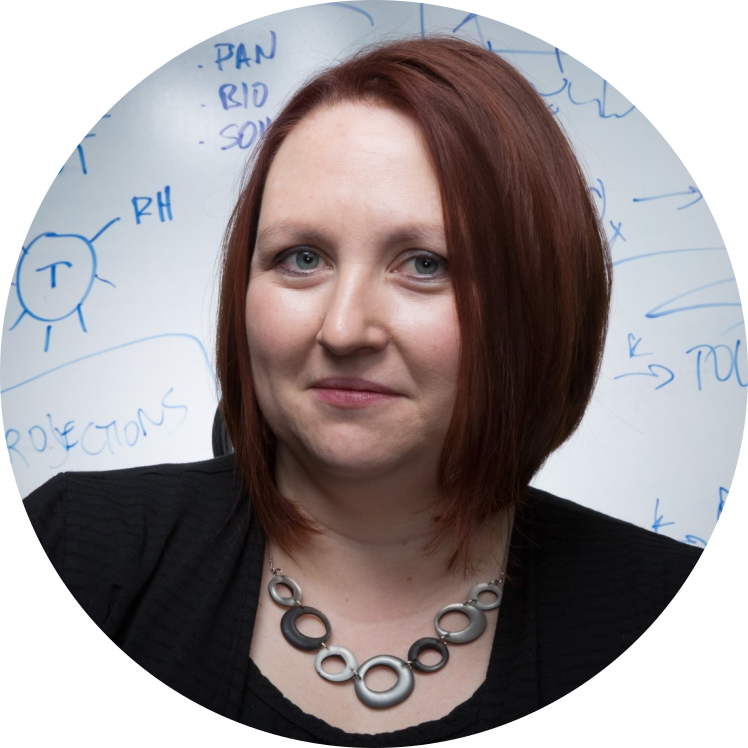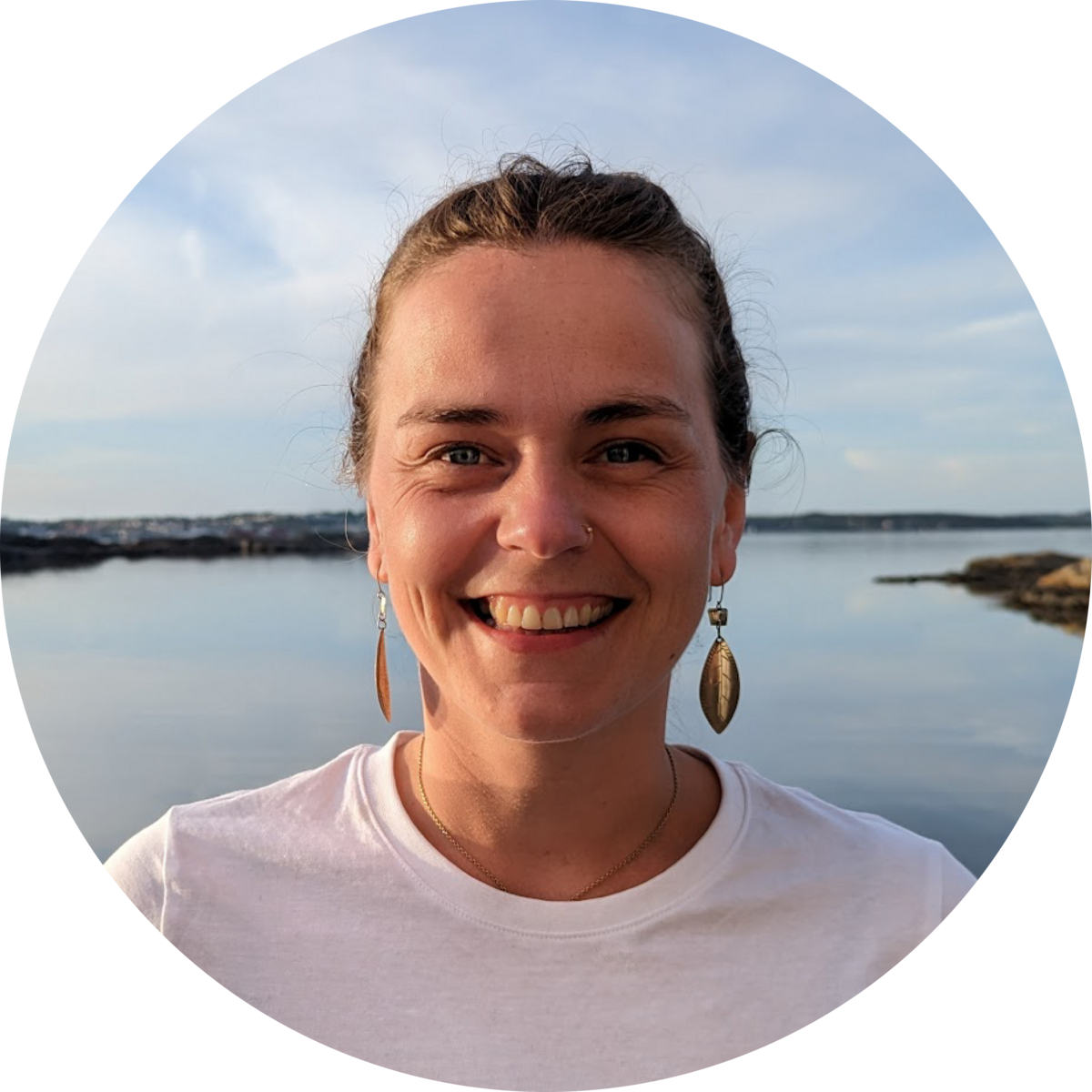
NOSA 2025 are proud to present a lineup of internationally leading scientists as this years keynote speakers.

Paul Zieger is a renowned researcher in the field of physical and chemical properties of aerosols and clouds. He employs a wide array of measurement techniques to study aerosol optical properties, hygroscopicity, and aerosol-cloud interactions. Moreover, his research also focuses on ambient aerosols and clouds in the Arctic.

Colette Heald is an acclaimed researcher whose work focuses on the composition and chemistry of the global atmosphere. She combines in situ and satellite observations with global modeling. This approach allows her to study the complex interactions between air pollution, climate change, and ecosystem health.

Mikael Ehn is perhaps best known for discovering highly oxidized molecules in 2014. Since then, he has continued to study the formation of secondary organic aerosols through low volatile vapors. He primarily uses online mass spectrometric techniques both in atmospheric simulation chamber studies and ambient measurements for his research.

Annele Virtanen is a specialist in atmospheric aerosols. Her research focuses on understanding how aerosols form, transform, and interact with clouds. She integrates laboratory and field measurements with theoretical models. This comprehensive approach enables her to study both natural and anthropogenic changes in aerosol dynamics.
NOSA 2025 is proud to present Assistant Professor Sigurd Christiansen, University of Faroe Islands, and Sara Blichner, Stockholm University, as our two tutorial speakers. The tutorials focuses on introducing research fields to younger researchers.

Sigurd Christiansen is an experimental researcher trying to bridge the fields of ocean and atmospheric sciences. His interdisciplinary work focuses on marine-derived aerosols, such as sea spray and dimethyl sulphide, and their roles in cloud formation (CCN) and ice-nucleating ability, utilizing various simulation chambers. Sigurd's tutorial will emphasize experimental techniques for characterizing aerosols and assessing their cloud-forming potential.

Sara Blichner is a large-scale modeler focusing on improving the process representation of aerosols in climate models. She has expertise in model development and in studying the interactions between biogenic volatile organic compounds, aerosols, and clouds. Currently, her work focuses on developing process evaluation methods to increase model accuracy and enable more precise assessments of climate impacts. Her tutorial will cover why and how aerosols are represented in climate models, and how we can improve on it using new tools and evaluation techniques.
NOSA 2025 include all the research fields in which aerosols are relevant.

Nanoparticle Synthesis & Applications
Process Monitoring & Analysis
Combustion Aerosols
Transport Emissions
Electrical Effects
Filtration

Health-Relevant Aerosols
Exposure & Health Studies
Bioavailability
Biological & Toxicological Responses
Epidemilogy
Bioaerosols & Allergens
Medical and Therapeutic Applications

Physico-Chemical Characterization
Sources & Source Apportionment
Remote Sensing
Formation & Aeging Processes
Aerosol-Cloud Interaction
Modelling & Climate Forcing

New or Improved Methods & Instrumentation
Intercomparison Studies
Data Analysis & Interpretation
Legislation & Policy

Formation, Transformation & Transport
Aerosol-Surface Interactions
Physical & Chemical Properties
Theory & Modelling
Late poster abstract submission is open until Friday the 1st of December, 2024.
Registration is now open
The registration deadline is 13th of December.
For questions related to the scientific and technical organization of the NOSA 2025 Symposium, please contact Jonas Elm (jelm@chem.au.dk).
The NOSA Symposium 2025 will take place at the Department of Chemistry, Aarhus University (Langelandsgade 140, 8000 Aarhus C, Denmark).
For accommodation, we recommend a hotel downtown Aarhus. There is a frequent bus connection from downtown (Line 2A to Kaserneboulevarden) or a 30 minute walk.